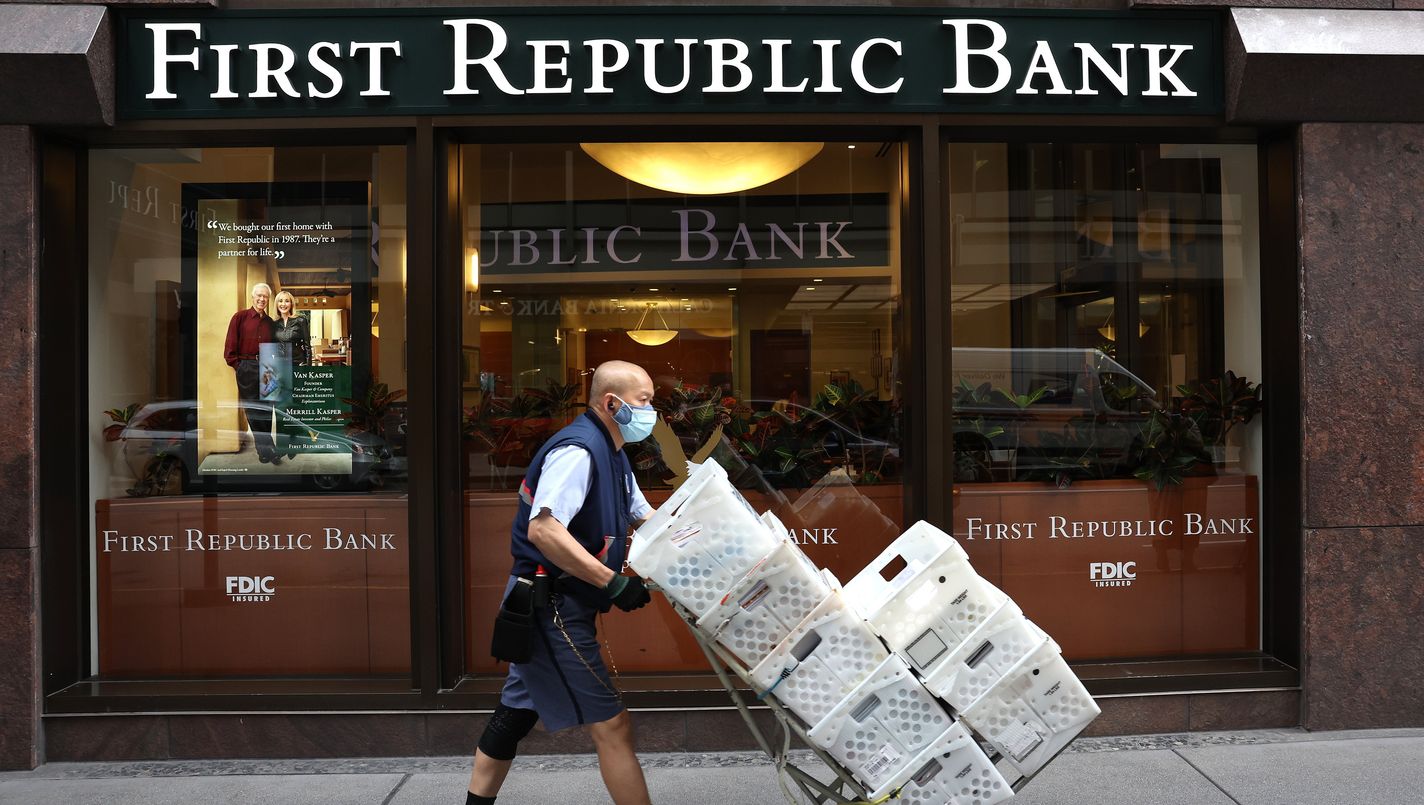- by
- 01 30, 2025
-

-
-
Loading

Loading

WHENA deeplyFDICSVBSVB insolvent bank fails and its depositors are made whole somebody has to bear the losses. In the case of , the bulk of which was taken over by JPMorgan Chase on May 1st, the Federal Deposit Insurance Corporation () . It expects to lose about $13bn as a result of what is the second-biggest retail-bank failure in America’s history. Yet customers with bank balances above the notional deposit-insurance limit of $250,000 have escaped unharmed, just as they did after the failure of Silicon Valley Bank () kicked off America’s banking crisis in March.A full depositor bail-out was inevitable given that policymakers had promised, after ’s failure, that all America’s deposits were safe. But it is striking that neither their reassurances nor $93bn of unusually generous emergency loans from the Fed could keep First Republic alive. Even on charitable terms emergency loans were a more expensive source of financing than the deposits the bank had lost, while rising interest rates had reduced the value of its fixed-rate loans and bonds. Having lost $107bn or 90% of its uninsured deposits, excluding a last-minute infusion from other banks, California’s regulators reckoned it had become “structurally unprofitable”.